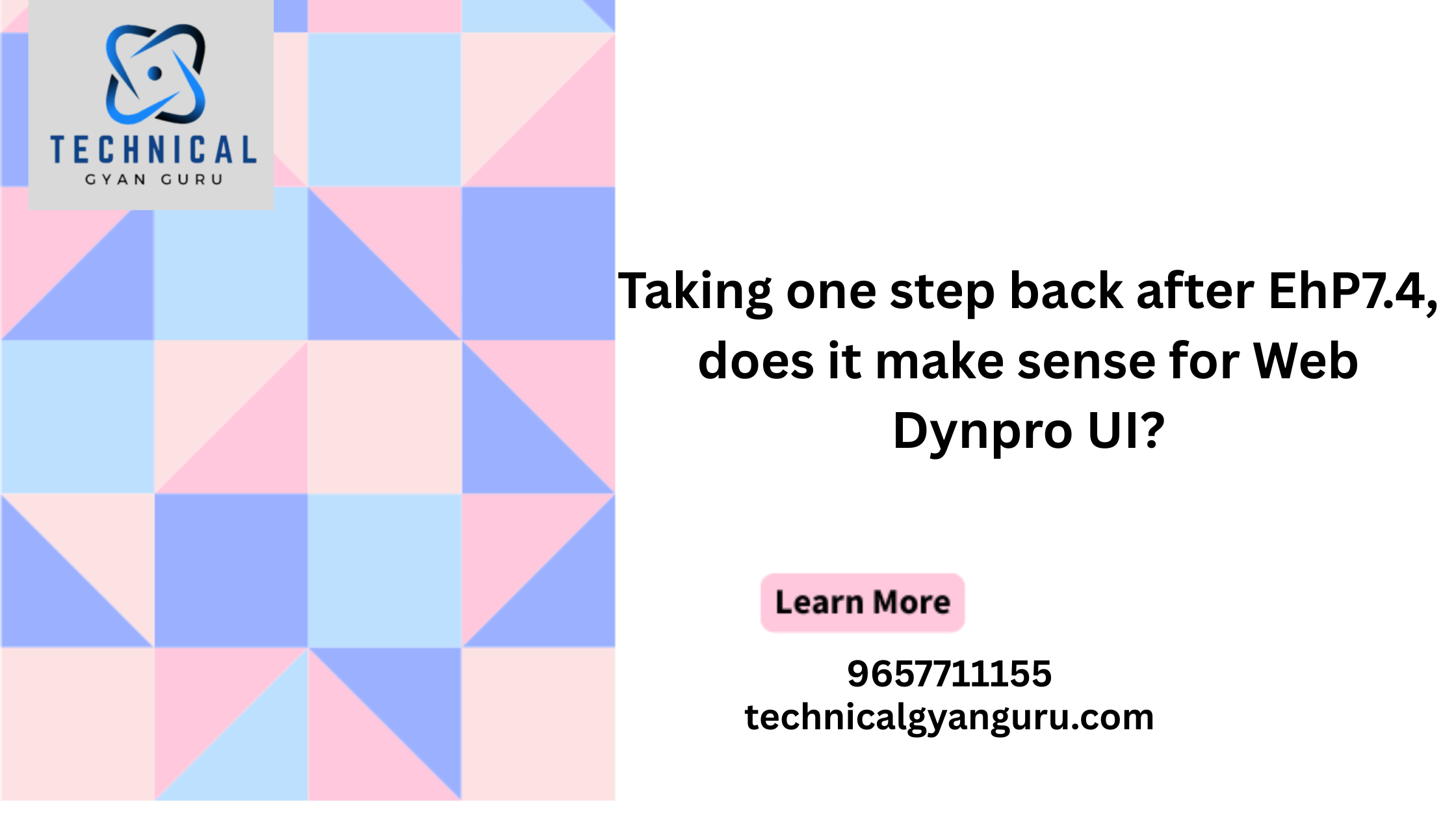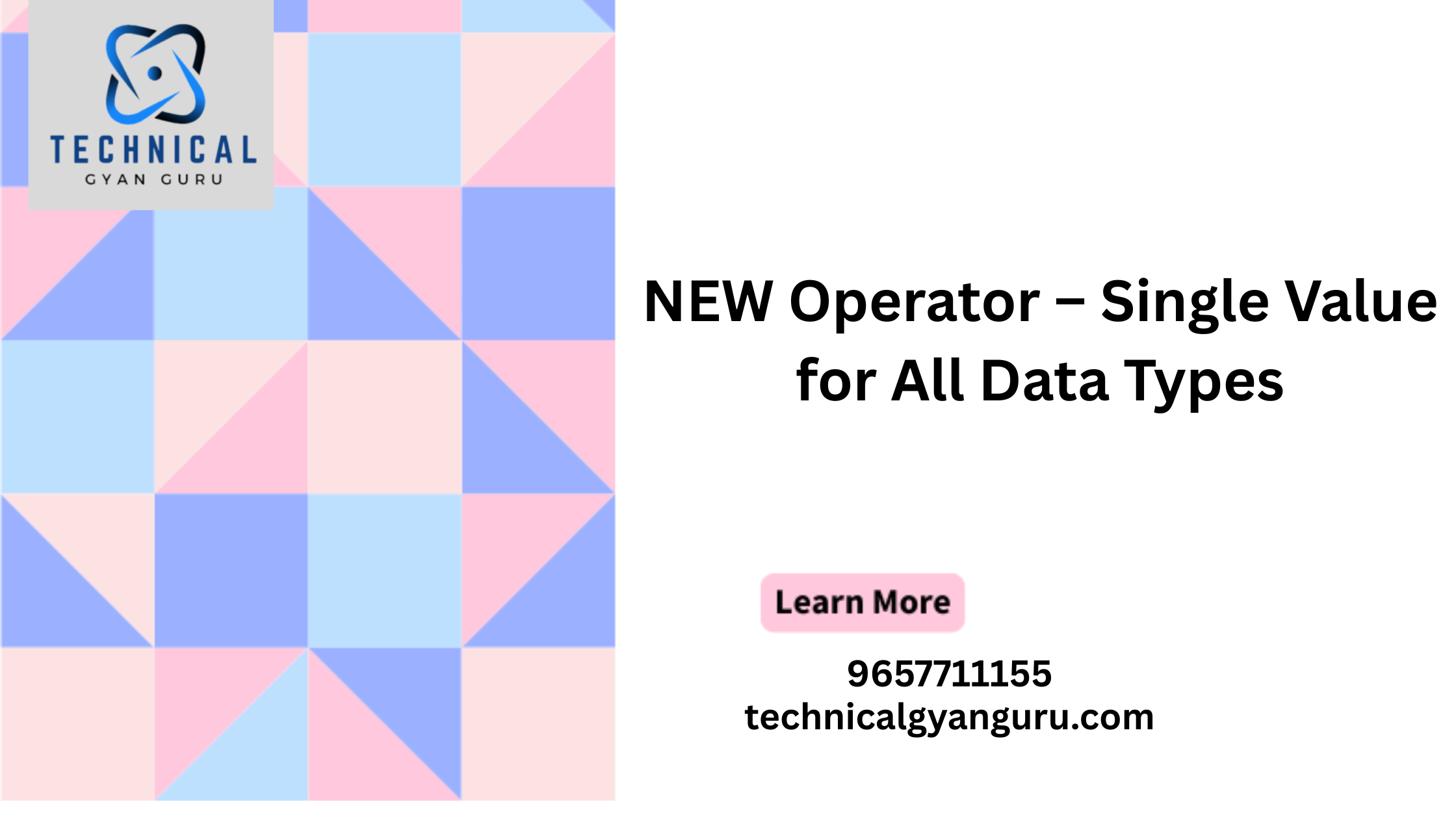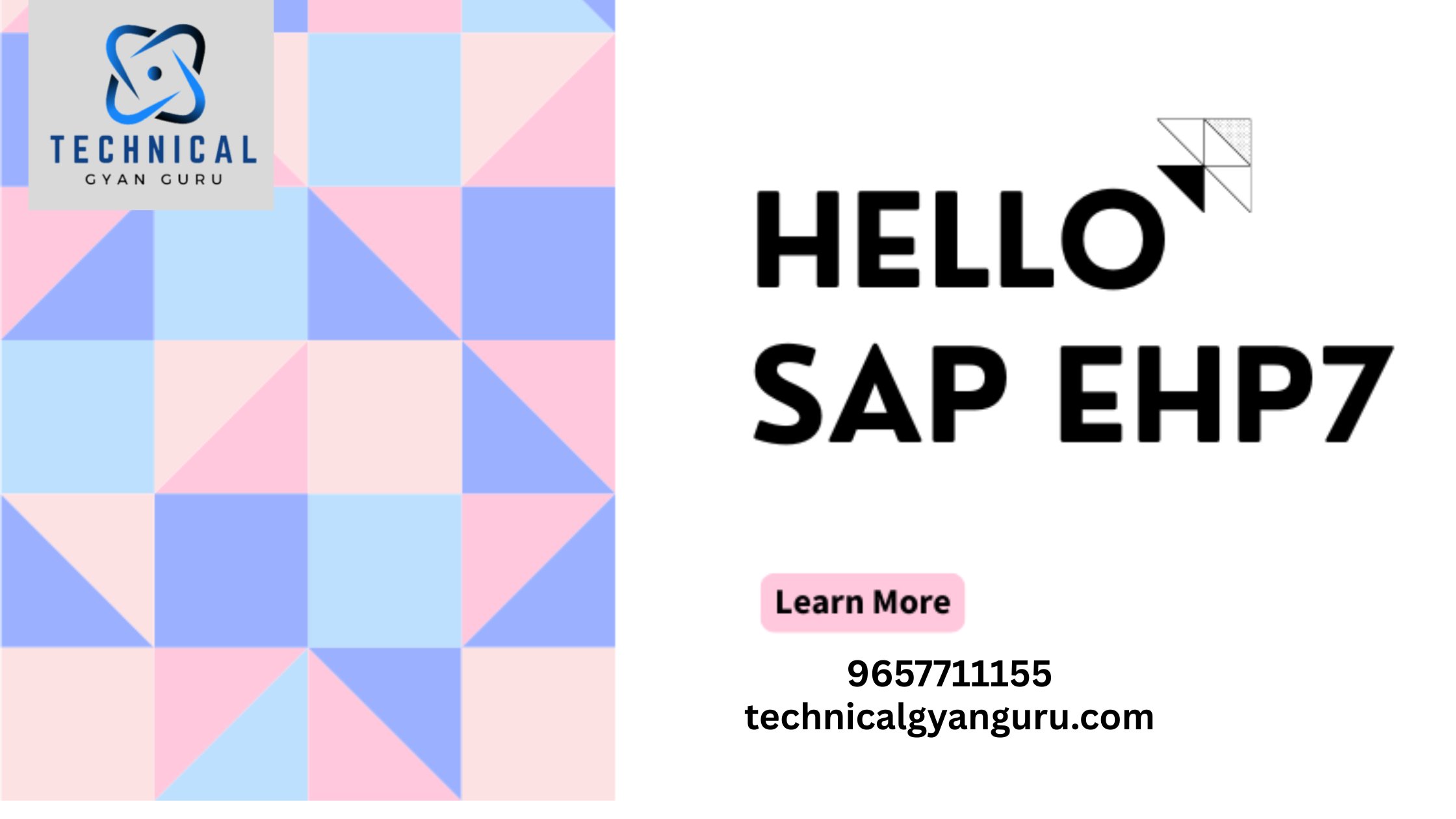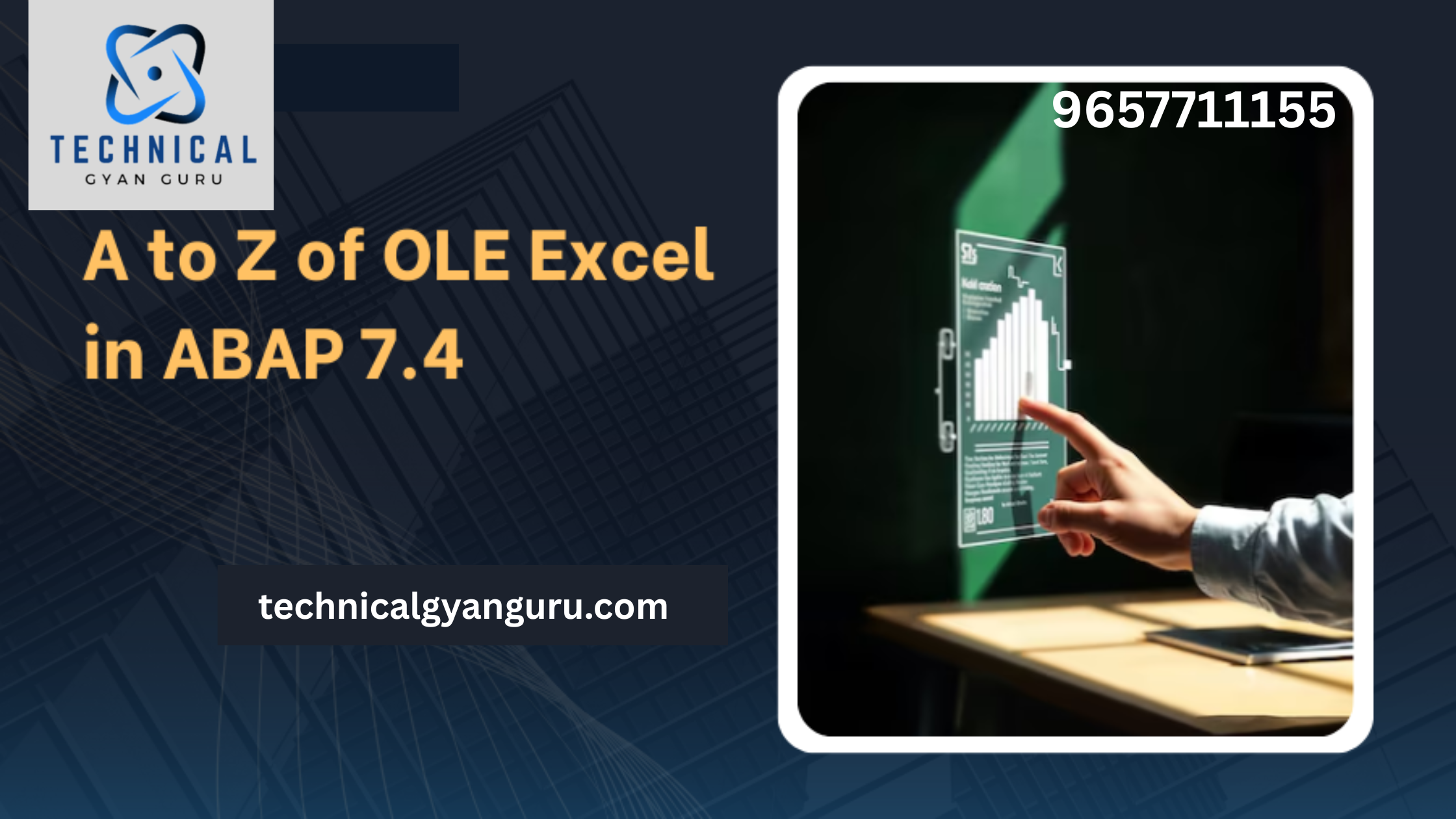
Explore Deep Entity in SAP OData to enhance your data management. Learn how to leverage nested entities efficient data retrieval & manipulation in SAP systems.
In the realm of SAP OData, efficient data manipulation is paramount. While standard entities provide a solid foundation, complex scenarios often demand a more nuanced approach. This is where deep entities come into play, offering a powerful mechanism for creating and managing hierarchical data structures within a single OData request.
Understanding the Need for Deep Entities
Imagine you’re building an Deep Entity in SAP OData service for a sales order management system. A typical sales order comprises a header with customer details, order items with product information, and potentially delivery schedules. Representing this data hierarchy using individual entity sets for headers, items, and schedules would necessitate multiple OData requests for creating or updating a complete sales order.
Deep entities streamline this process by encapsulating related entities within a single entity type. This eliminates the need for multiple requests, enhancing data persistence efficiency and simplifying client-side development.
Crafting Deep Entities in SAP OData Development
The SAP Gateway Service Builder empowers developers to leverage deep entities. Here’s a general roadmap for creating them:
- Data Model Design: Define the main entity structure and establish navigation properties with appropriate data types referencing the child entity types.
- Entity Set Creation: Generate entity sets for the main entity and its child entities within the service definition.
- Deep Entity Implementation: Utilize ABAP classes to implement methods like
GET_ENTITYandCREATE_ENTITYfor the main entity. These methods handle data retrieval and creation, considering the nested child entities. - Association Handling: Define associations within the data model to specify the relationships between entities and navigation properties.
Benefits of Utilizing Deep Entity in SAP OData
- Simplified Data Persistence: Perform CRUD (Create, Read, Update, Delete) operations on a complete hierarchical structure in a single OData request.
- Enhanced Performance: Reduce network traffic and improve response times by eliminating the need for multiple requests.
- Streamlined Client Development: Clients interact with a single entity type, simplifying data manipulation logic.
- Improved Data Consistency: Maintain data integrity within the hierarchy by managing related entities simultaneously.
Considerations and Best Practices
- Complexity Management: Deep entities can become intricate, requiring careful design and thorough testing to ensure proper data handling.
- Security Implications: Grant appropriate access controls for nested entities to safeguard sensitive data.
- Performance Optimization: For large datasets, consider implementing efficient retrieval and update strategies within deep entity methods
What is the entity type in SAP OData?
In SAP OData, an entity type represents a structured data type that defines the schema of a set of entities in a service. Think of it as a blueprint or template for entities, where each entity is an instance of this type. Here’s a deeper look into what an entity type is and its significance:
Key Characteristics of an Entity Type
- Properties: An entity type consists of properties that define the data it holds. Each property has a name and a type, such as string, integer, or date.
- Primitive Properties: Basic data types like string, int, boolean, etc.
- Complex Properties: Structured types composed of multiple properties.
- Key Properties: These are properties that uniquely identify an entity instance. Each entity type must have at least one key property to distinguish individual entities.
- Navigation Properties: These define associations between different entity types, enabling relationships like one-to-one, one-to-many, or many-to-many. They facilitate navigation between related entities.
Example of an Entity Type
Here’s a simple example of an entity type definition in an OData metadata document:
xml
<EntityType Name="Product">
<Key>
<PropertyRef Name="ProductID"/>
</Key>
<Property Name="ProductID" Type="Edm.Int32" Nullable="false"/>
<Property Name="ProductName" Type="Edm.String" Nullable="false"/>
<Property Name="Price" Type="Edm.Decimal" Nullable="false"/>
<Property Name="ReleaseDate" Type="Edm.DateTimeOffset"/>
<NavigationProperty Name="Category" Relationship="Namespace.Product_Category" ToRole="Category" FromRole="Product"/>
</EntityType>
Conclusion
Deep Entity in SAP OData offer a powerful toolset within the SAP OData framework. By understanding their structure, development process, and benefits, you can unlock new levels of data persistence efficiency within your SAP applications. Remember to carefully evaluate your specific use case and follow best practices to ensure optimal performance and data integrity.
you may be interested in this blog here:-
Engaging Phonics Activities for Kindergarten -Reading Fun
Career Journey as an Application Development Analyst at Accenture








